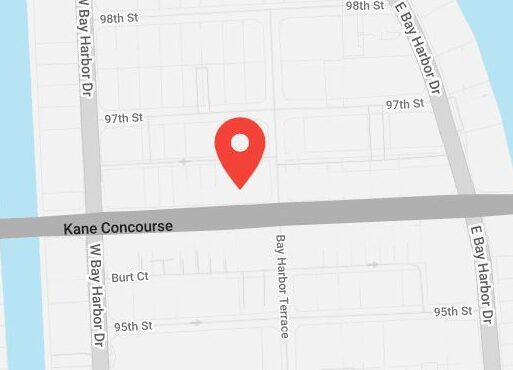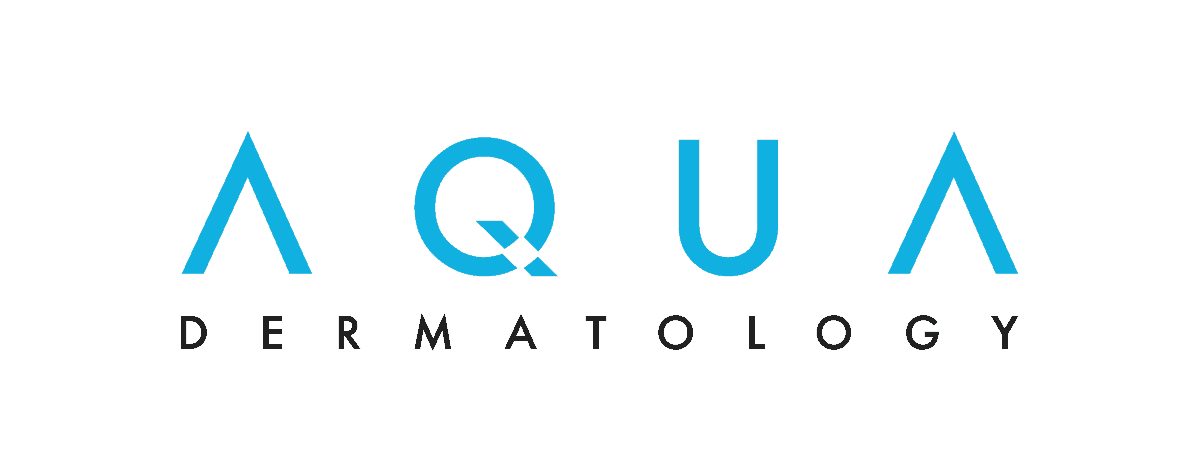What are blood vessels?

It’s true that women are more likely to have to deal with spider veins than men. But, that doesn’t mean men don’t get them. About 50 percent of adults have them, including both men and women. Although they usually don’t cause any medical issues, spider veins can be embarrassing, especially when they are on the face, as they make the skin look blotchy and red. Wherever your spider veins are, therapies such as laser treatments can effectively treat and eliminate them.
Benefits
Laser treatments for blood vessels can reduce the severity of their appearance and help them fade over time, sometimes completely eliminating the visible telangiectasias completely. Benefits include decreased red/blue pigment and a smoother, more even skin tone. Treatment is most commonly performed on the face, but can be used for many different parts of the body if needed.
Consultation
Before treatment can be scheduled, it is important for Miami Beach patients to have a face-to-face consultation with Dr. Walder in order to assess your needs and plan your treatment accordingly. Dr. Walder will assess your area of concern and determine whether or not laser treatments are likely to get you the results you want. This is a great opportunity to ask questions about the procedure and about your situation in particular. You will also come up with a tentative treatment plan with Dr. Walder at this time.
Ideal Candidates

Procedure
Laser treatment for blood vessels is very gentle and minimally invasive. Special lasers are used to target the unwanted veins and collapse them. The vessels are heated by the lasers, which may be slightly uncomfortable for patients. There may also be a slight pinprick sensation each time a vessel is targeted. The heat helps to destroy the vessels, which are gradually absorbed by the body over time, causing them to fade. The treatment typically lasts under 30 minutes, and patients will need to come in for a series of treatments to achieve good results. The number of treatments necessary will vary from patient to patient, and sessions are spaced about 4-6 weeks apart, regardless of the number required.
Recovery
Because the procedure is gentle and non-invasive, no formal recovery time is required after each session, and patients can go right back to their normal lives immediately. Patients will likely experience some redness, tenderness, and possible bruising, but these side effects fade quickly, and should not affect daily activities.
Choosing the Right Dermatologist
A dermatologist’s comprehensive knowledge of laser treatments is necessary for good results from blood vessel treatments. Because of this, it is a good idea to seek help from a board certified cosmetic dermatologist who will have extensive experience in improving the appearance of unsightly blood vessels.
Dr. Diane Walder has in-depth knowledge of skin and laser treatments, and is considered a national authority on skin aesthetics and care. For more information about treatment options with Dr. Walder, call her Miami office to schedule a consultation.
FAQs
What are the causes of telangiectasias?
There are several risk factors for developing telangiectasias, and there seems to be a genetic component to who struggles with the problem. Risk factors include:
- Fair skin
- Excessive sun exposure
- Rosacea
- Hormonal changes
- Family history
At what age do visible blood vessels typically start appearing?
Many people who have trouble with blood vessels start noticing problems between the ages of 18 and 35.
Are any post-treatment instructions that need to be followed?
Following laser treatments of any kind, it is important to be especially diligent about sun protection. This is to prevent complications such as hyperpigmentation (skin darkening) being triggered by UV (ultraviolet) rays from the sun.
Can topical anesthesia be used during treatment?
While most people find the discomfort of blood vessel treatment to be very mild and tolerable (similar to a series of small pinpricks), patients can have their skin numbed prior to the treatment if desired.
What kind of laser is used for blood vessel treatment?
The most common laser used for treating blood vessels is a pulsed dye laser that is safe to use on most skin types. This laser targets the vessels directly without much trauma to the surrounding tissues.



